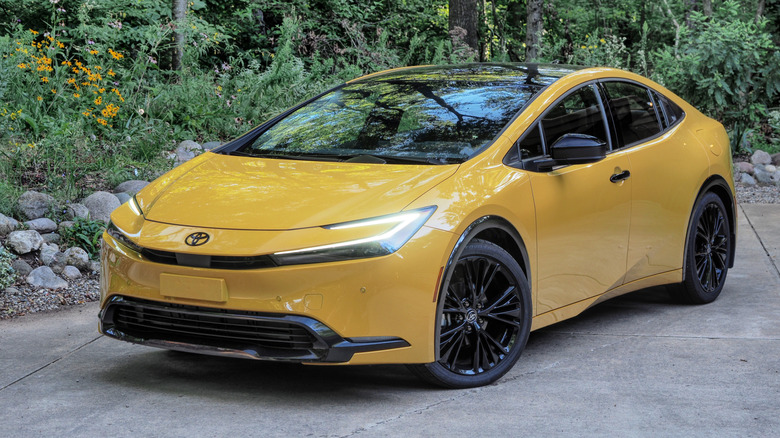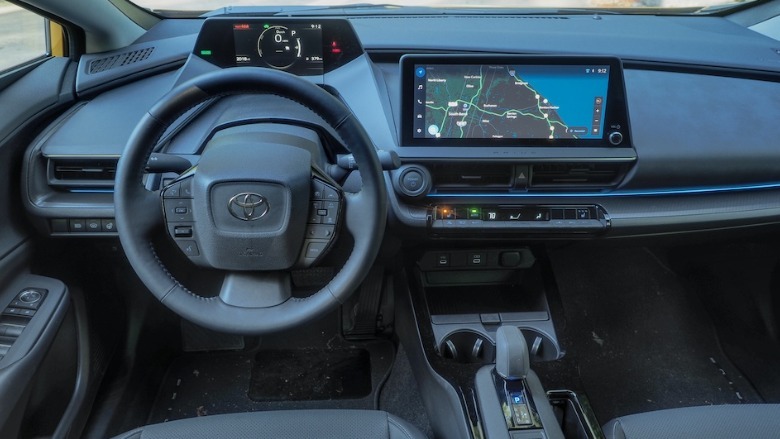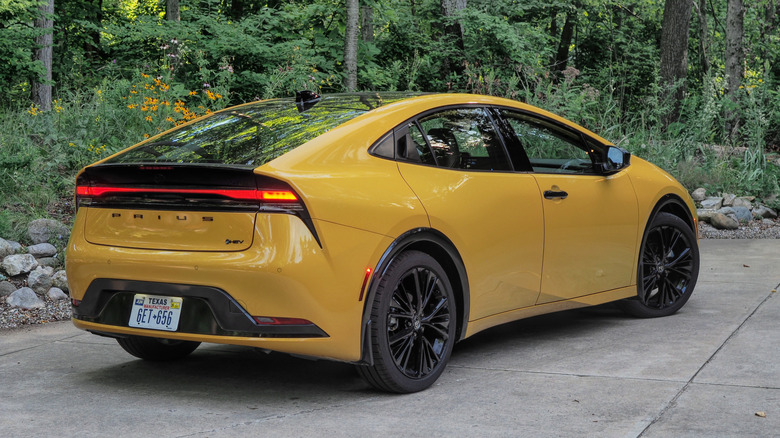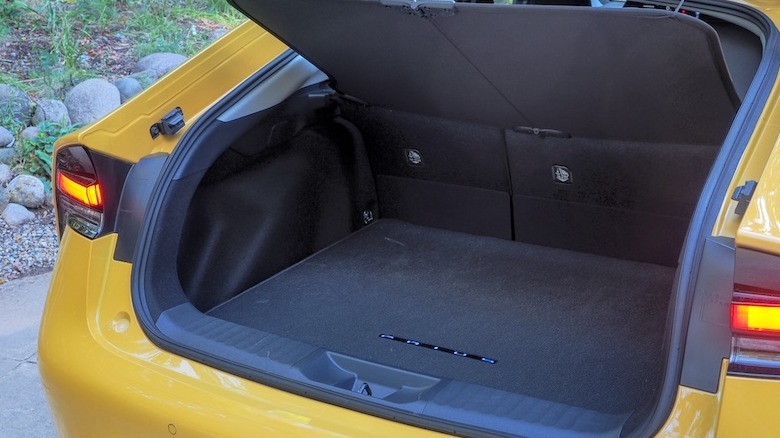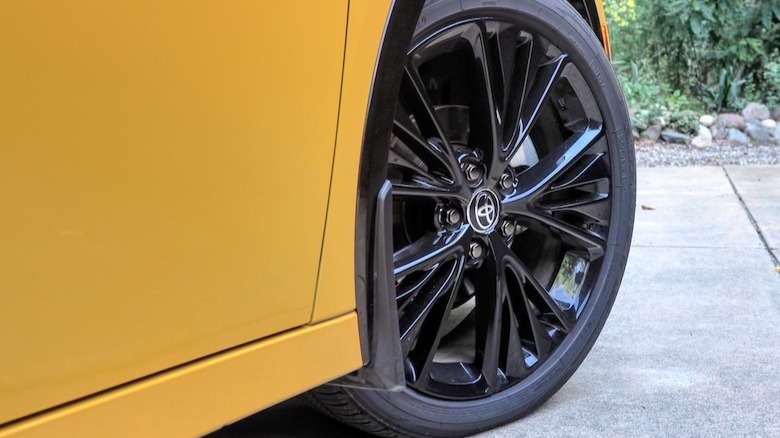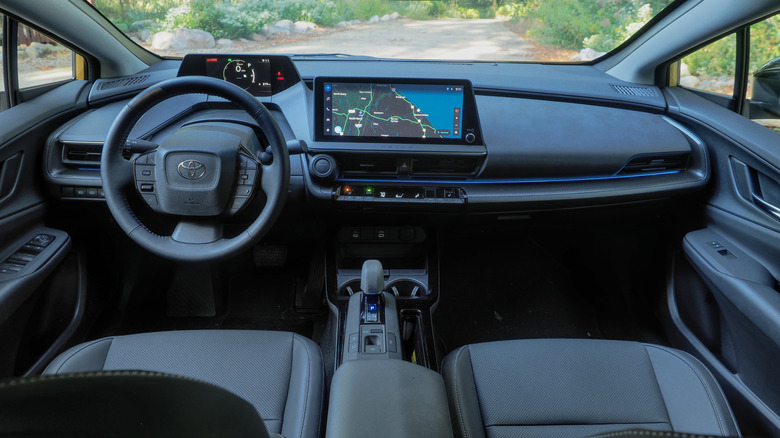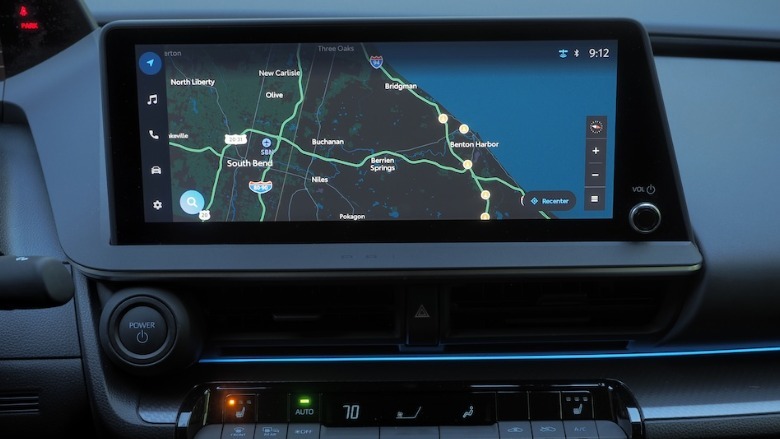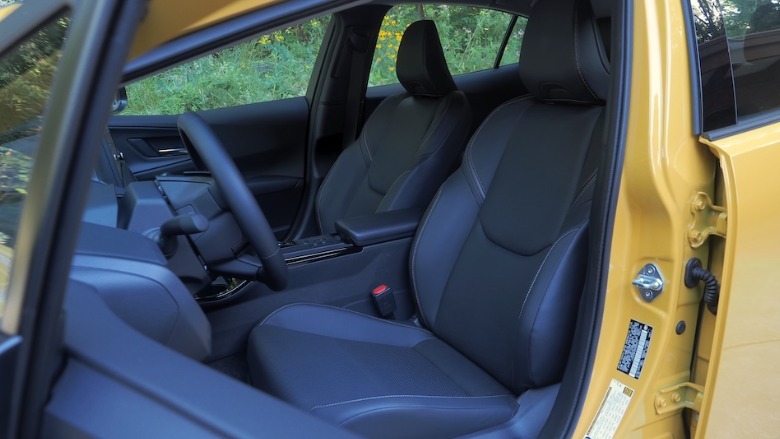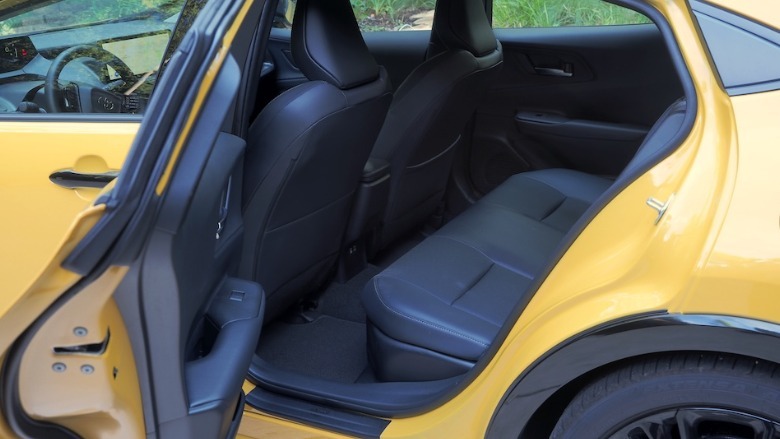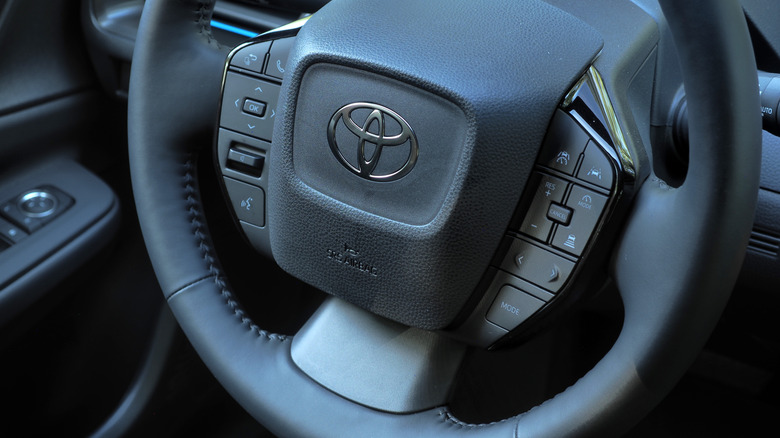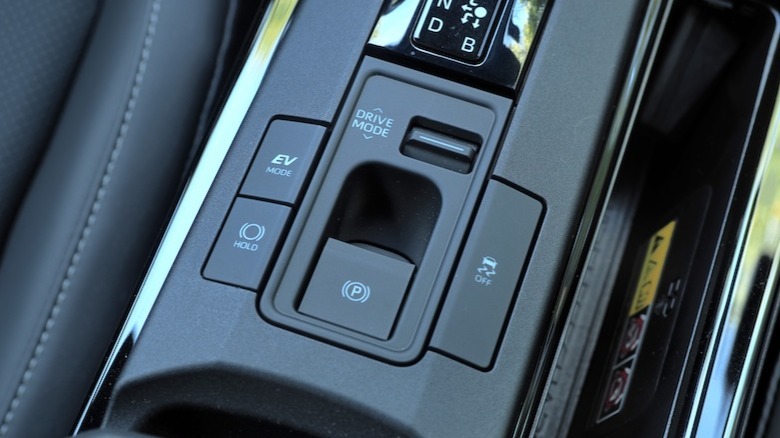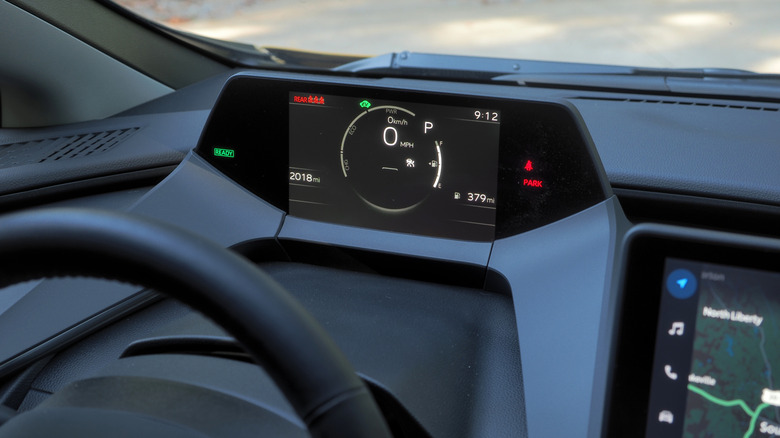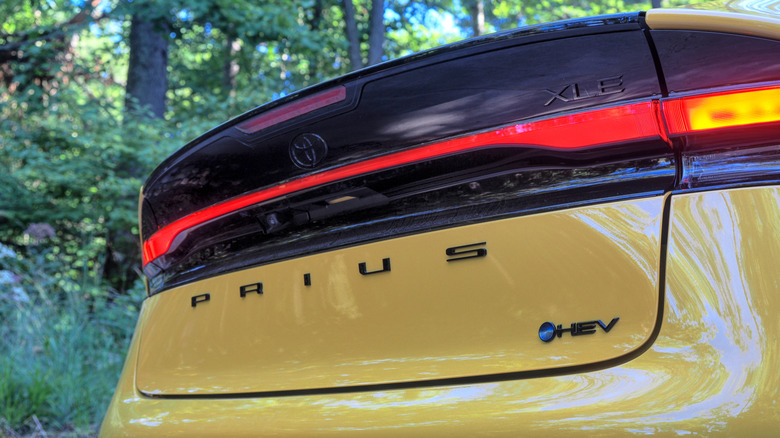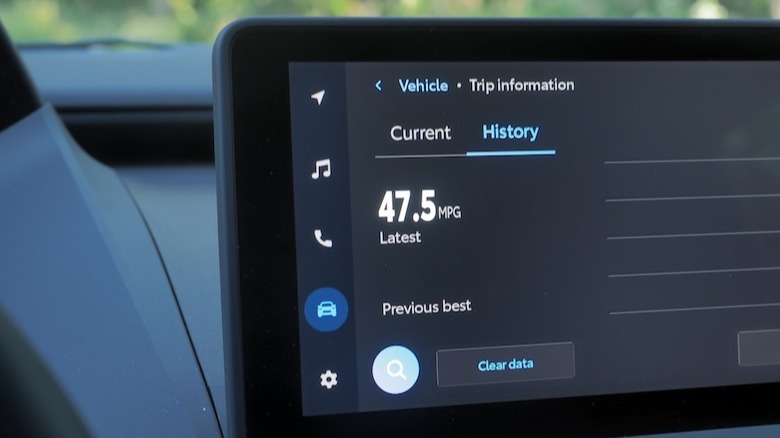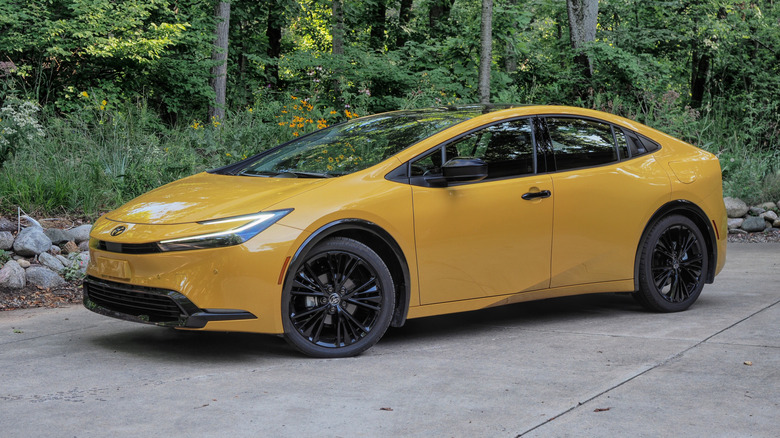If You're Still Laughing At The Toyota Prius, The Joke's On You
What does it take to reboot a reputation? Well, if the Toyota Prius is anything to go by, the answer is five generations of car, one huge style overhaul, and an eye-catching yellow paint job. The hybrid that launched a segment and spawned a million jokes is now no laughing matter.
Heads turned while friends and neighbors asked questions about the Mustard Yellow 2025 Prius Nightshade Edition. Some knew its identity; more expressed surprise at the badging on the back, and indeed my generally positive report on its overall successes. Because — at the risk of spoiling my own conclusion — this latest Prius' appeal goes well beyond the handsome design.
Aggressive pricing is the first success. A 2025 Prius LE starts at $29,685 (including $1,135 destination) while adding all-wheel drive is just $1,400. This Nightshade Edition, added for the 2025 model year as a riff on the XLE, starts at $33,935. Even a top-spec Prius Limited AWD is just a hair over $38k.
No longer a design joke
Comparing this newest-generation to its predecessors, you can forgive non-car-people for being left bemused to its identity. After all, "Prius" not only became shorthand for "hybrid" but — probably less welcome to Toyota — for "weird, eco-hippy car," too. While some of the aero-smoothed aesthetic awkwardness was dialed back across the various iterations since its 1997 debut, gawky looks always seemed like the tradeoff for genuinely good fuel economy.
Toyota detonated such assumptions in 2022, making a Prius that turned heads appreciatively instead. The wedge-like body, hammerhead style fascia with its squinting headlamps, and fun detailing like the hidden rear door handles are genuinely enjoyable design, even if they do have an impact on usability.
Under that hatchback rear, for instance, there's 20.3 cu-ft (or slightly more in the base SE), rising to 26.7 cu-ft with the rear seats folded. The previous-gen car promised 27.4 cu-ft rising to 50.7 cu-ft with its rear seats flattened.
Nonetheless, with the proviso that style is subjective, I think the tradeoffs are worth it. The black detailing on the Nightshade Edition — like the exclusive-to-this-trim 19-inch wheels look good, but even the 17-inch aero-covered alloys on the base Prius SE are pretty fetching.
Not luxurious inside, but it covers the necessities
Inside, some of Toyota's commitment to electrified weirdness carries over. The Prius' control-encrusted steering wheel demands to be positioned oddly low, practically in your lap, if you want to see the small digital display located far back on the steering column. That screen's graphics are barebones, at odds with the UI on the center touchscreen (8-inches on lower trims; 12.3-inches on the Limited or with a $735 upgrade on the XLE or Nightshade).
Toyota's latest infotainment system is straightforward to use, with wireless Apple CarPlay and Android Auto support, and surprisingly capable voice control. It's paired with a 6-speaker audio system that is the epitome of serviceable; a JBL 8-speaker version is standard on the Limited trim, but unavailable on any other. There's a physical volume knob, a bunch of dedicated switches for the single-zone climate control, and six USB-C ports spread around the cabin,
Heated front seats are standard on XLE/Nightshade, with ventilation added on the Limited trim. That also has heated rear seats. A fixed glass roof is $1,000, and all but base trims get wireless phone charging.
Toyota doesn't offer real leather, but the SofTex faux hide — standard on all but the LE, which gets fabric — feels sturdy and serviceable. The plastics similarly seem focused on durability rather than feeling luxurious.
Perky around town though the soundtrack could be better
For all the sporty design, the experience from behind the wheel of the Prius is still not going to set your soul alight. The combination of a 2.0-liter gas engine and a permanent magnet electric motor funneling their 194 horsepower total to the front wheels fit the bill for "adequate" but no more. The optional AWD configuration adds another electric motor to power the rear wheels, though total system power only rises to 196 hp.
Honestly, 194 hp is sufficient here, but I wish Toyota's drivetrain delivered it more sonorously. The gas half of things groans and grumbles, a harshness that only amplifies the disconcerting wavering of the engine's speed not necessarily matching the accelerator pedal or overall vehicle pace. Par for the course, certainly, with the electromechanical orchestrations of gas and electric joined by a swooping CVT, but other hybrids hide their complexity better.
It can be perky, though. Switch into sport mode, and the 111 hp of the front-wheel drive model's electric motor leaves the Prius zippy around town. Darting away from stop signs and traffic lights like some spritely wedge of cheese, I couldn't help but appreciate Toyota's amply-assisted power steering, too. No, it's not communicative in the same way a sports car's would be lauded, but it sure does make urban maneuvers simple.
If you want more EV range, you need the Prius Plug-In Hybrid
Push beyond city speeds, though, and things feel less refined. On the highway, the Prius ambles rather than surges. It's fine, but overtaking requires a little more planning.
Toyota offers a way to improve both enthusiasm and soundtrack, though it does involve spending more money. The Prius Plug-In Hybrid (previously the Prius Prime) gets more power — 220 hp total — and a considerably larger battery. Not only can that be externally charged, it allows for a 40 mile EV-only range. The regular Prius' EV Mode only works for relatively low speeds, and even then the hybrid's much smaller battery runs out in less than a mile.
I also prefer how the Prius PHEV drives, since it's both more eager and its drivetrain sounds better. Sadly you can't get an all-wheel drive version, though the biggest downside is probably the price. The plug-in starts at $33,775 (before destination) for the base SE trim, while a comparable Nightshade trim is from $37,795.
It's hard to argue with these fuel economy numbers
It's hard, though, to divorce any conclusion about the Prius' value from its fuel economy. Toyota claims 52 mpg across the board — city, highway, and combined — for the front-wheel drive XLE, Nightshade, and Limited on 19-inch wheels; the base SE does even better, at 57 mpg city, 56 mpg highway, and 57 mpg combined. Even opting for all-wheel drive only drops those numbers by 2-4 mpg.
In my own, mixed driving in the Nightshade, I saw almost 48 mpg on average. Short of the 52 mpg that Toyota and the EPA say is achievable, yes, but that was with no real consideration of frugality. I just drove.
Toyota Safety Sense 3.0 is standard on all trims, with adaptive cruise control, lane-departure alerts and steering assist, lane-tracing assist, and pre-collision with pedestrian detection; so, too, are blind-spot warnings with rear cross-traffic alerts. From XLE/Nightshade up you get front and rear parking assistance. Limited trim offers a 360-degree camera and Advanced Park as part of the $1,085 Premium package.
2025 Toyota Prius verdict
Personally, as fond as I am of the Nightshade-exclusive yellow, were it my money I'd stick to the Prius at its purest and most efficient. The LE trim would make me do without heated front seats and wireless charging, yes, but a $31k all-wheel drive hybrid capable of 54 mpg and loaded up with all the necessary safety tech is tough to argue with.
Stray much higher up the trim walk, meanwhile, and you quickly get into Prius Plug-In Hybrid territory. No AWD option there, but it's more potent and it packs that useful, electric-only range.
Those in cold-weather states will make their choice accordingly, but what stands out — even after a couple of years, and the "wait, they did what?!" sheen fades off this new Prius design — is just how compelling overall Toyota's hybrid feels. While its electrification has made even stronger inroads into the automaker's lineup since (you can only buy a new Camry in hybrid form, for example) the originator of the technology now delivers gas station avoidance while turning heads for all the right reasons.
